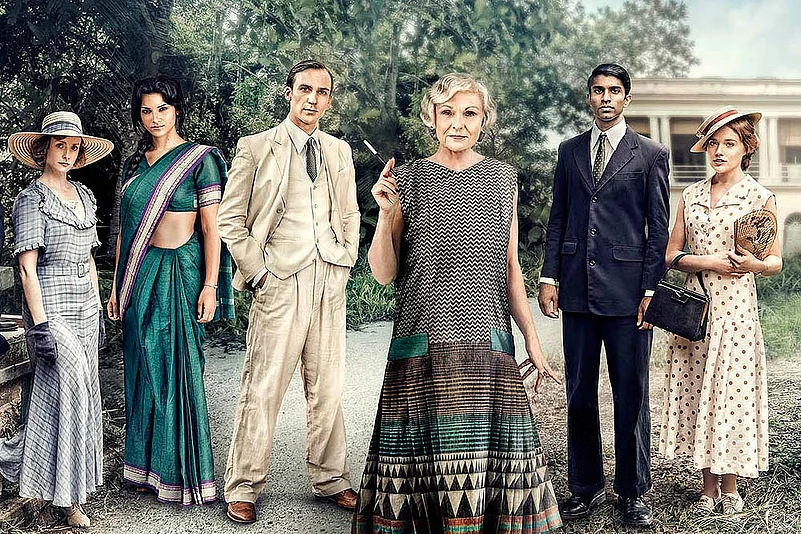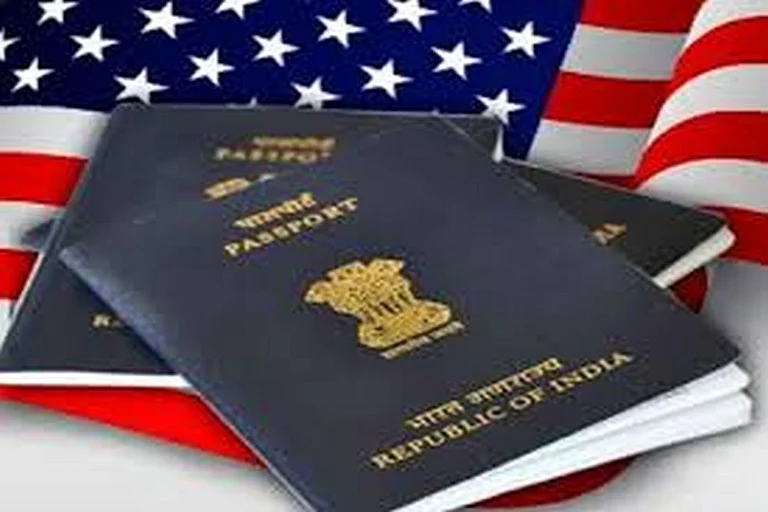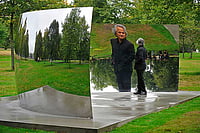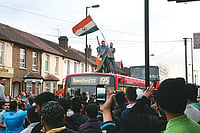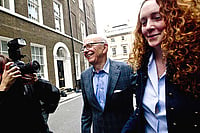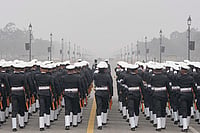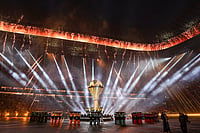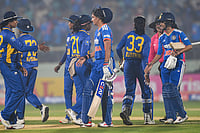With opening titles superimposed on kegs of haldi and saffron blown to oblivion for no apparent reason, scored with a requisite tabla cacophony and pictures of stoic sahibs in Simla, the latest incarnation of ‘Raj TV’ has hit British screens with Indian Summers—an ‘epic drama’ set in the Himalayan foothills in 1932.
Since the days of the Raj vanished into nostalgic sprays of fragrant rain, it seems British TV executives are struck with pangs of yearning for a big budget retro-imperial programme at least once a decade—usually part ‘serious’ drama, part ‘what the hell am I watching’? And there always remains an element of these stories that is framed in the most intricate, and most purple, prose.
Channel 4's Indian Summers is no different, at times utilising a fine cast—headed by the talented Julie Walters on the British side and the equally accomplished Roshan Seth on the Indian—for moments of genuine pathos, and at times, as the Observer rather marvellously put it, “tremendously silly but violent flaps over dated flapper dresses” and “mustachioed plotting”.

Somnath Batabyal, lecturer in media and development at the School of Oriental and African Studies (SOAS), believes it is as much about nostalgia for an idealised time as an actual one. He tells Outlook: “It is depicting an imagination of the colonial period, genteel and refined, yet grand and romantic. Exactly caters to the colonial imagination of the white middle classes sitting in Salisbury. The way it is being touted, it is the most expensive British series ever. Note the mention of money and wealth. Just the way the colonial times were: money, wealth, fabulousness and...the loss. The series talks about the last days of the Raj.... It is remarkable that audience research shows that people want this stuff. This wouldn’t be possible, given the colossal amount of money involved, if people were not interested. It shows how much the British still romanticise and feel nostalgic about the Raj. It is difficult to reconcile to the fact that you are today a reasonably-sized island. So you hark in the glorious days of a benign empire.”
Just as sci-fi films set in the future (or westerns, in the past) are a good document of the times they are made in, so colonial-era romps are reflective of contemporary attitudes—Indians who change from obsequious simpletons to rebellious harbingers of freedom, while Brits are frequently all petty disdain and pink-ginned malevolence.
As Filipa Jodelka noted in the Guardian: “The difficulty with this drama...is that Britain’s patronising relationship with ‘the east’ means that this icky part of history is seemingly always tangled up with exoticism of the Raj.”
Batabyal agrees: “Today’s kids have no idea about the empire. Their history books hide the fact that their granddads were out looting and they can without a twinge of conscience enjoy the ill-gotten wealth. Their parents have a rosier picture of the Raj. They have been told tall tales of hot afternoons, punkah-wallahs, dusty roads and bandit kings. It is to that lot this series is aimed at.”
But this is 2015 and we all know better, hence Indian Summers distributes the weight of narrative between the natives and the expatriates; and while the series was filmed in Malaysia, it attempts to redress some of the more familiar typecasting cliches. Well, not all of them, of course.

Besides, this is not a documentary—noble intentions do not always zesty entertainment make. If we are to be transported to the hill stations, with each jasmine-scented episode delivering unto us plots bejewelled with drops of silken tension, then we need to be able to visualise it in terms as comforting as an earthenware pot, pockmarked with the laughter lines of its chai-making youth.
As Patrick West, TV critic for the online cultural and political magazine Spiked, says: “I think TV sometimes has to appeal to common perceptions and even deep-seated stereotypes to engage with audiences. When you say India to the average British person, they will think of jungles, tigers, elephants, beggars, people hanging off the side of trains, opulent palaces and the caste system. The India of internet technology and space exploration comes far down the list. So entertainment must put us in a recognisable place, so to speak. Likewise, people have comparable perceptions of Britain. We hear of people in Japan who think London is always shrouded in fog and that City bankers still wear bowler hats to work. This is why Downton Abbey and Harry Potter have been so popular; they pander to the popular notion that Britain is an antiquated, class-ridden society.”
This is a truth since time immemorial—stereotypes can often be big business commercially as well as editorially. Would a Scotsman recognise the image of his homeland as presented by Indian whiskey brands such as Bagpiper and McDowell’s? And similarly, what would Tilda or Tata have to gain with adverts set in a Bangalore pizzeria? But perhaps the complicated dynamic between India and Britain through history should mean both sides demand more.

“This has a larger sociological problem,” says Batabyal. “British schoolchildren now are not taught about the colonies. They hardly have a notion of the empire, definitely not the monstrosity that it was. So, in that vacuum of knowledge you can easily pitch some rubbish of romance and the Raj.
“Would Germany be able to romanticise fascism? No, because they have been taught their history all too well—six million Jews perished in the Holocaust. The Partition of India was the biggest mass migration in history—10 million were displaced. If you knew all that, would you be able to celebrate it? Instead, you tinge it in sepia tones in silly TV episodes.”
But, as West notes, sometimes the stereotypes themselves work as a subversion. “Goodness Gracious Me, a BBC comedy written and performed by a group of British-Asian comedians in the late 1990s, was of a similar bent. It played to stereotypes—competitive Indian mothers, the dad who claimed everything came from India, the Indian couple with Anglicised names—but it was very popular among British people of all backgrounds.”
Of course, an obsession with a shared past—on both sides—often means the present, and future, ties between the two nations is cast aside. As Daniel Hannan, a Conservative Party member of the European Parliament, writing in the Daily Telegraph, said, the show bore “the standard props of Indian dramas since the novels of E.M. Forster”. But, he said, the future was the key. “Yes, a long time ago, Britons seized India by force and, yes, there were plenty of acts of rapacity and of oppression in the 18th and 19th centuries. But, more recently, India became an ally in the cause of freedom. Today, it could be our strongest partner in Asia.”
Ultimately, whether or not free trade, foreign policy, arms deals and the pursuit of democracy can be affected by the deconstruction of televisual images is a matter for debate. But what a debate. What a sultry, lascivious debate; stolen behind sari fabric spun on the verandah, as lingering glances are exchanged over a scotch and soda in the polo club.
This copy has been edited to correct an error






